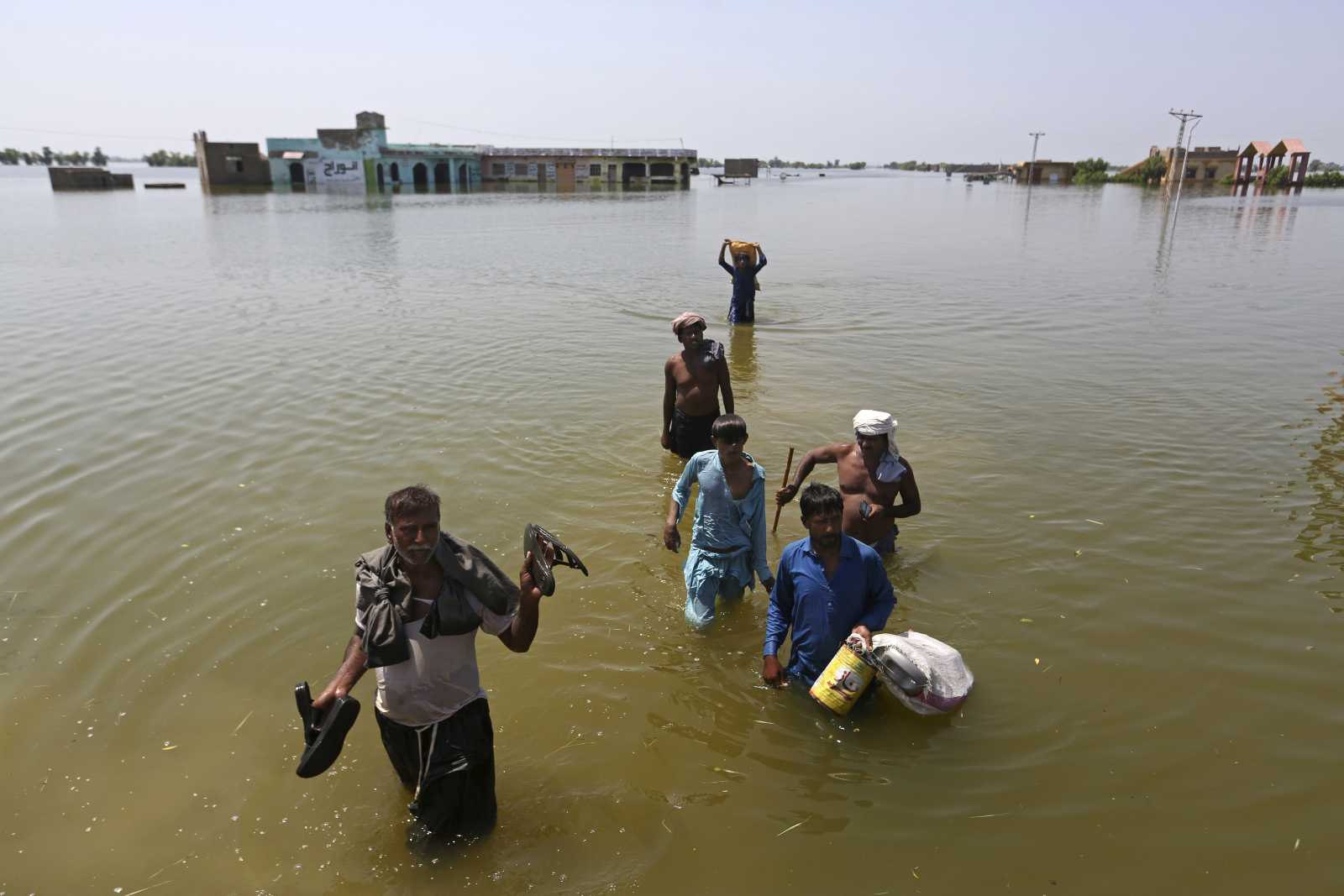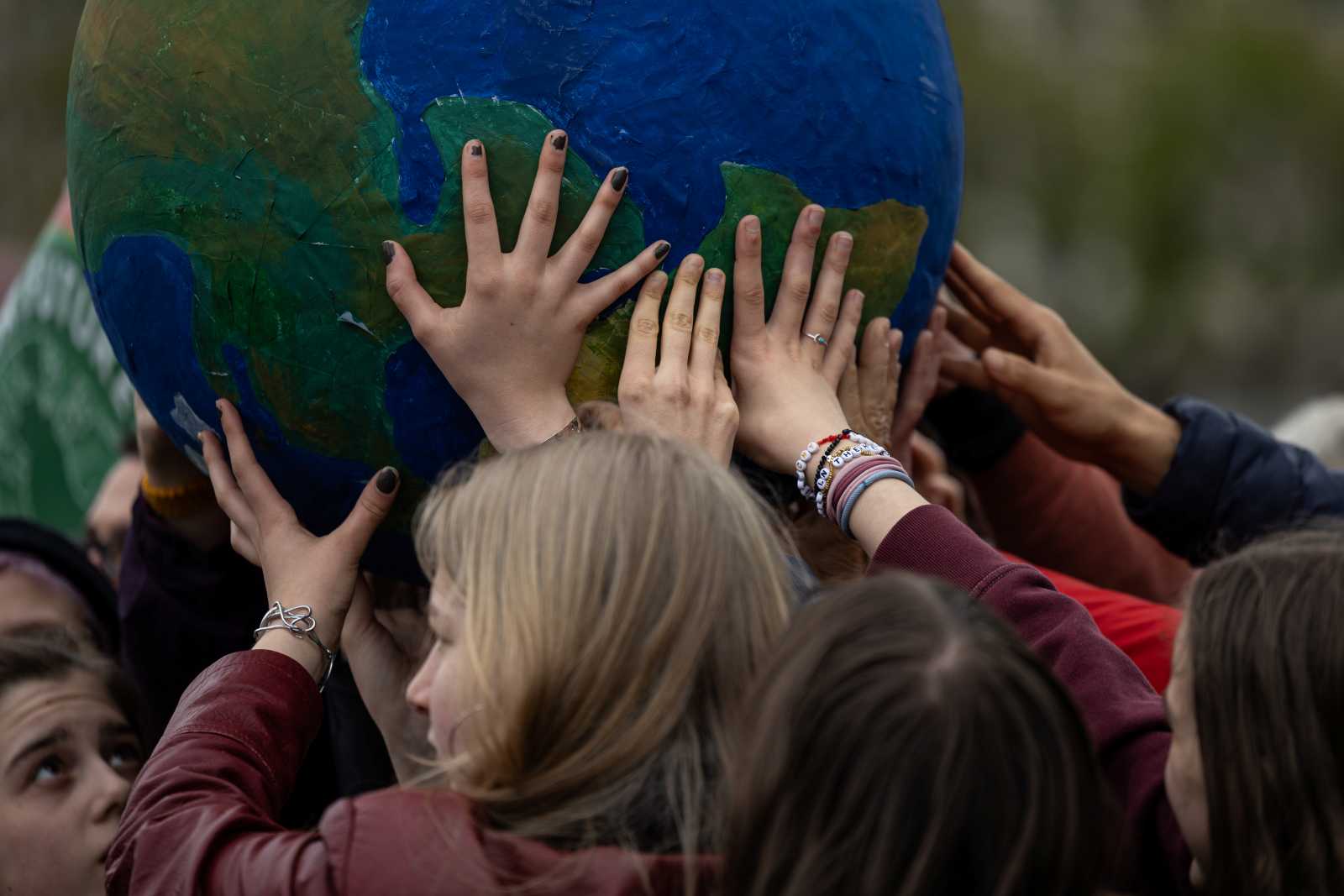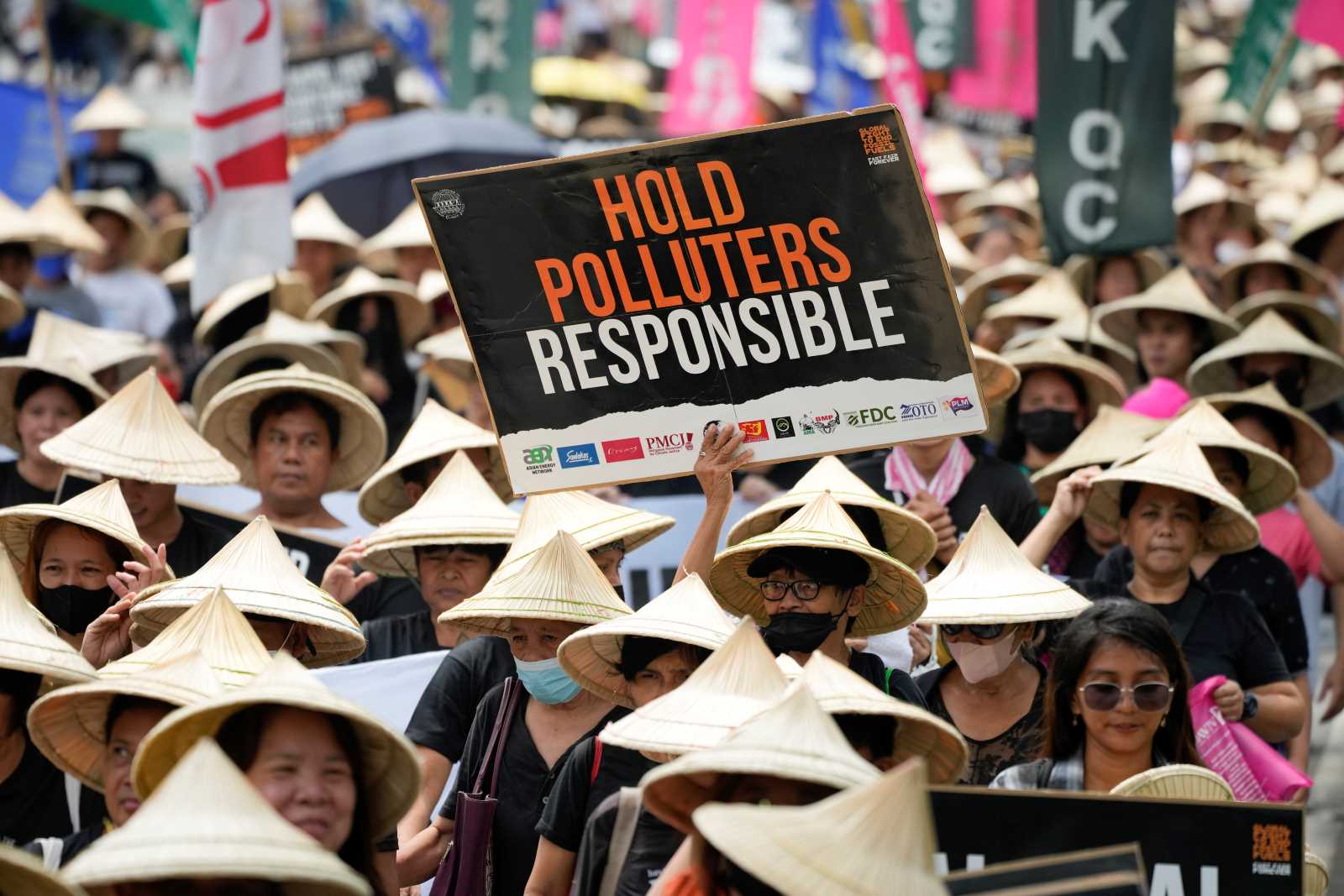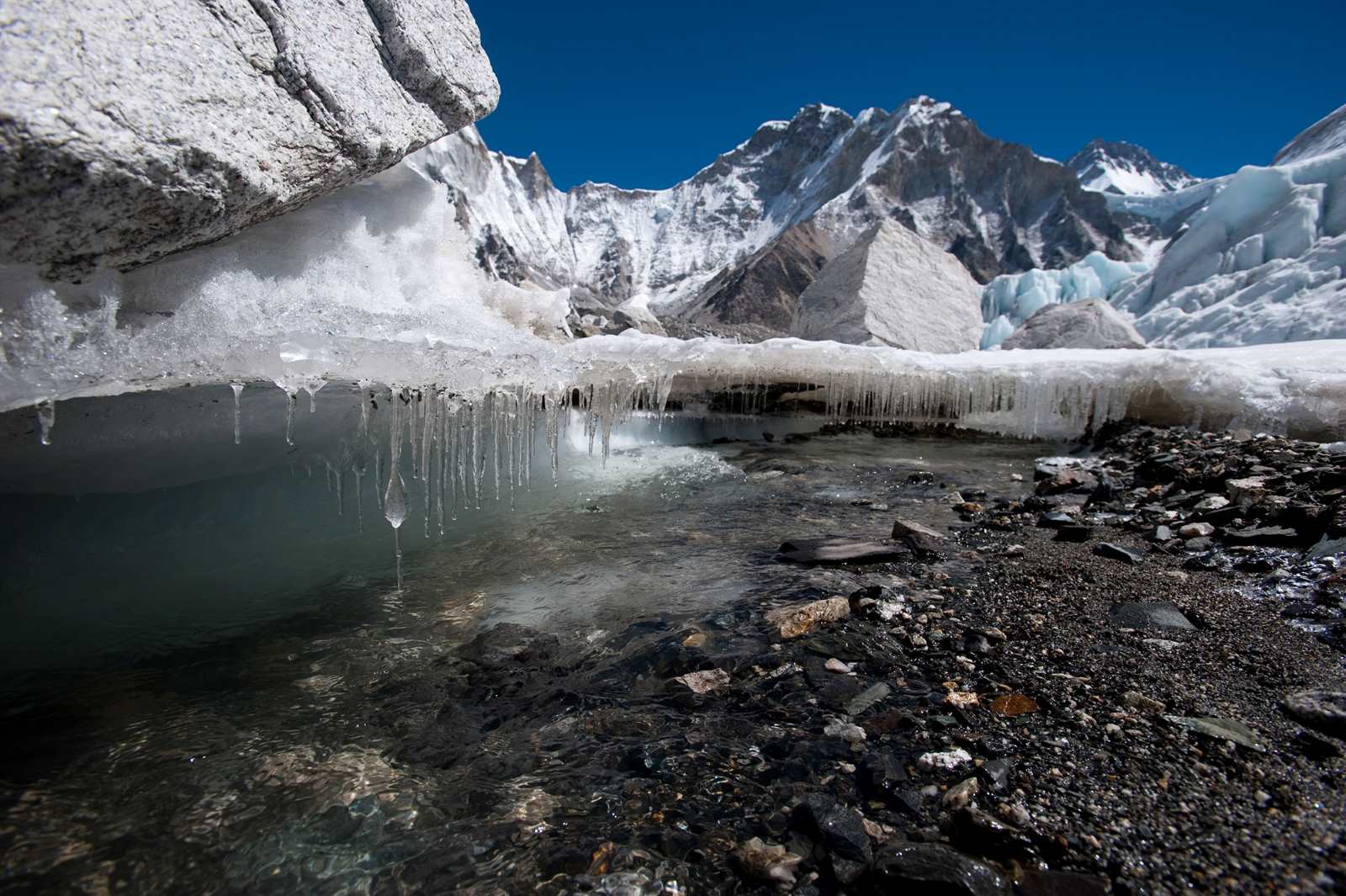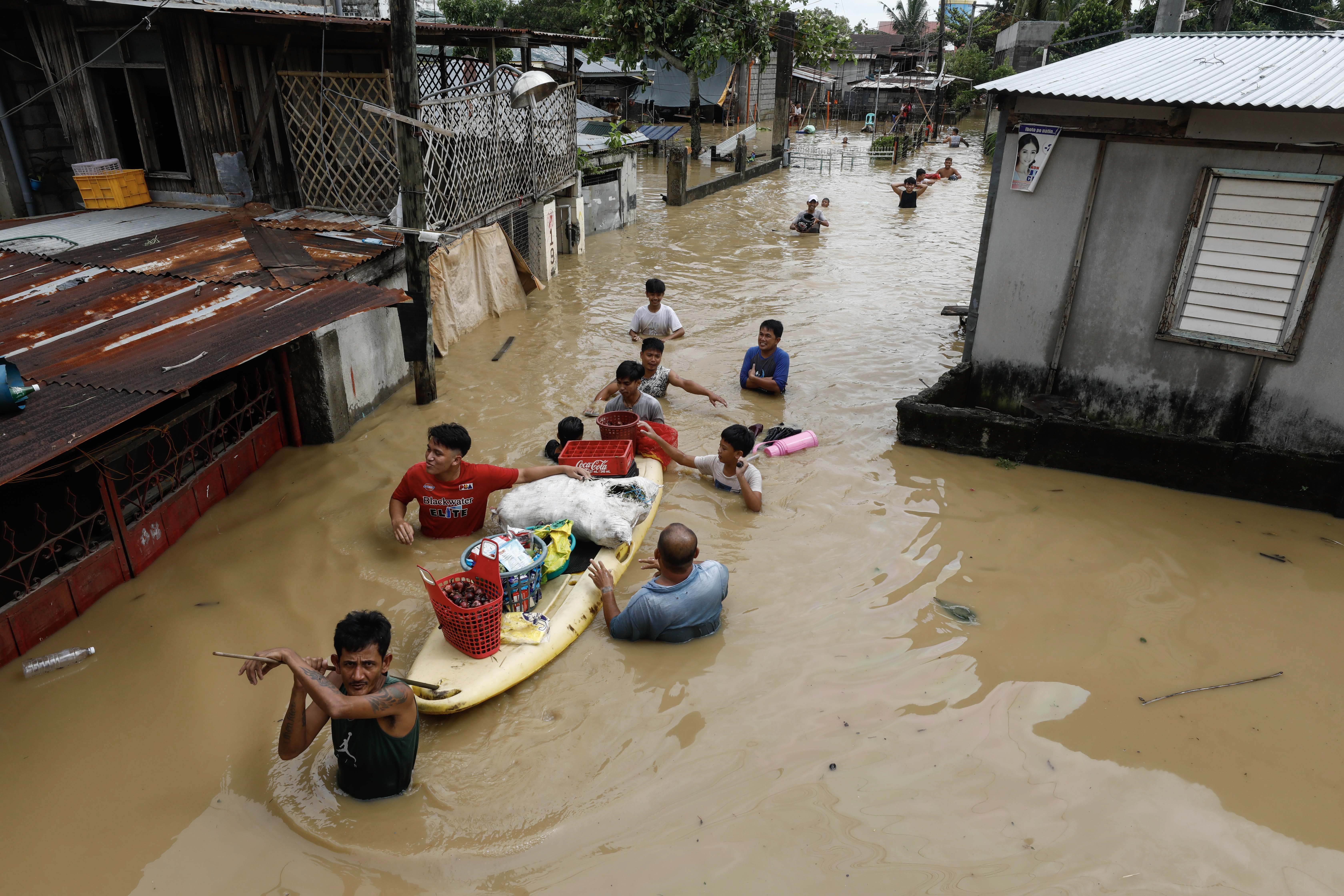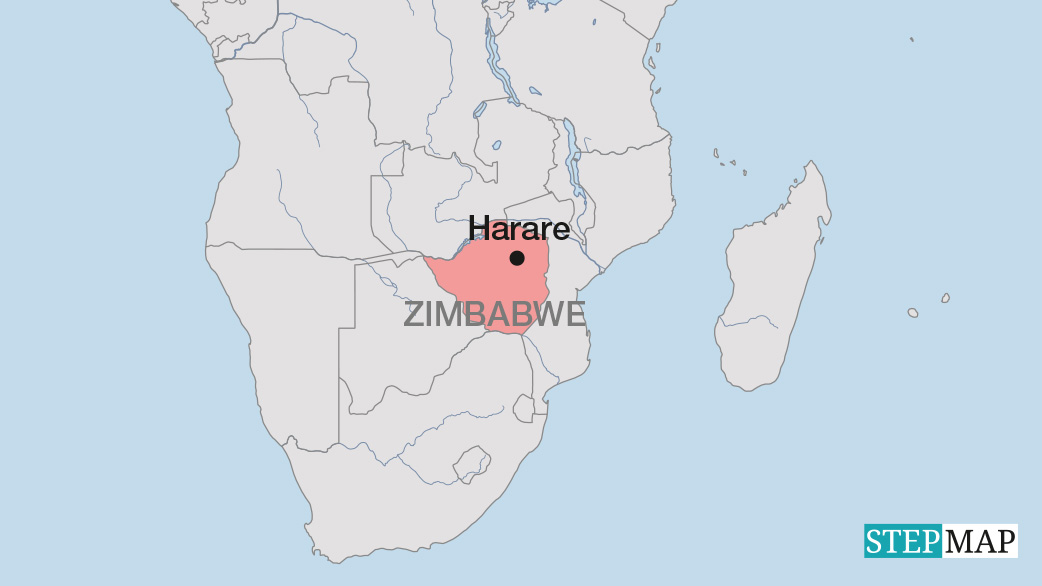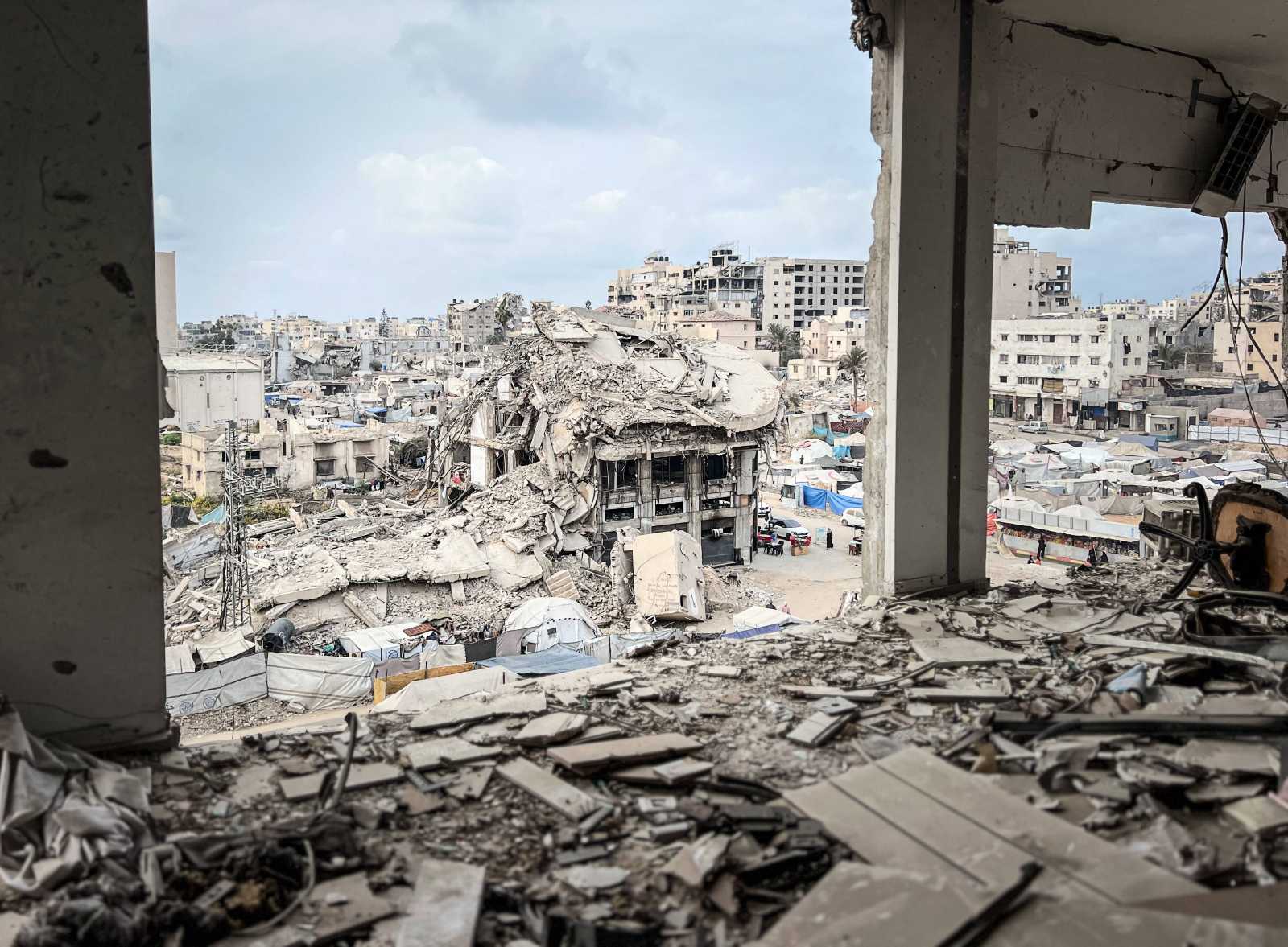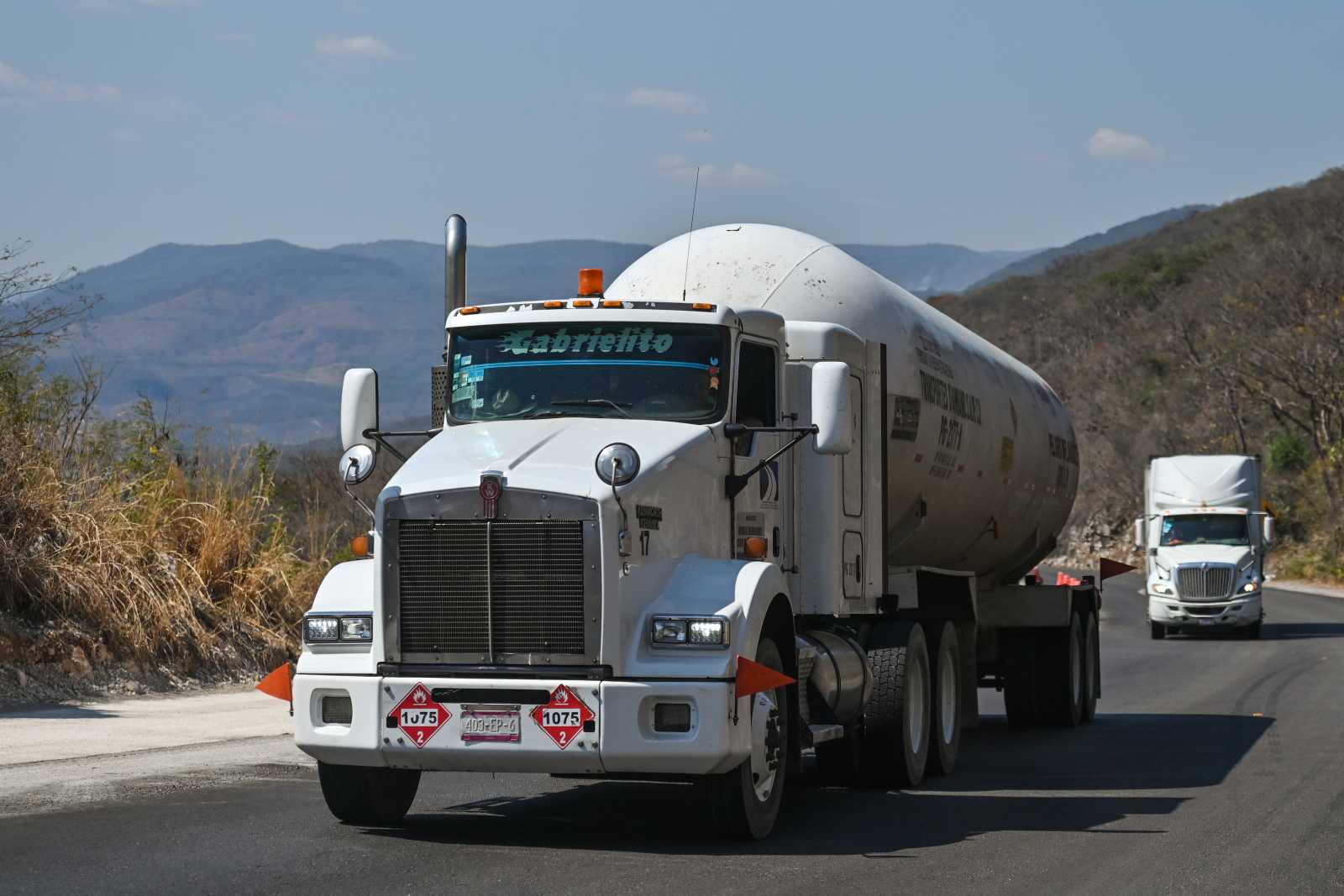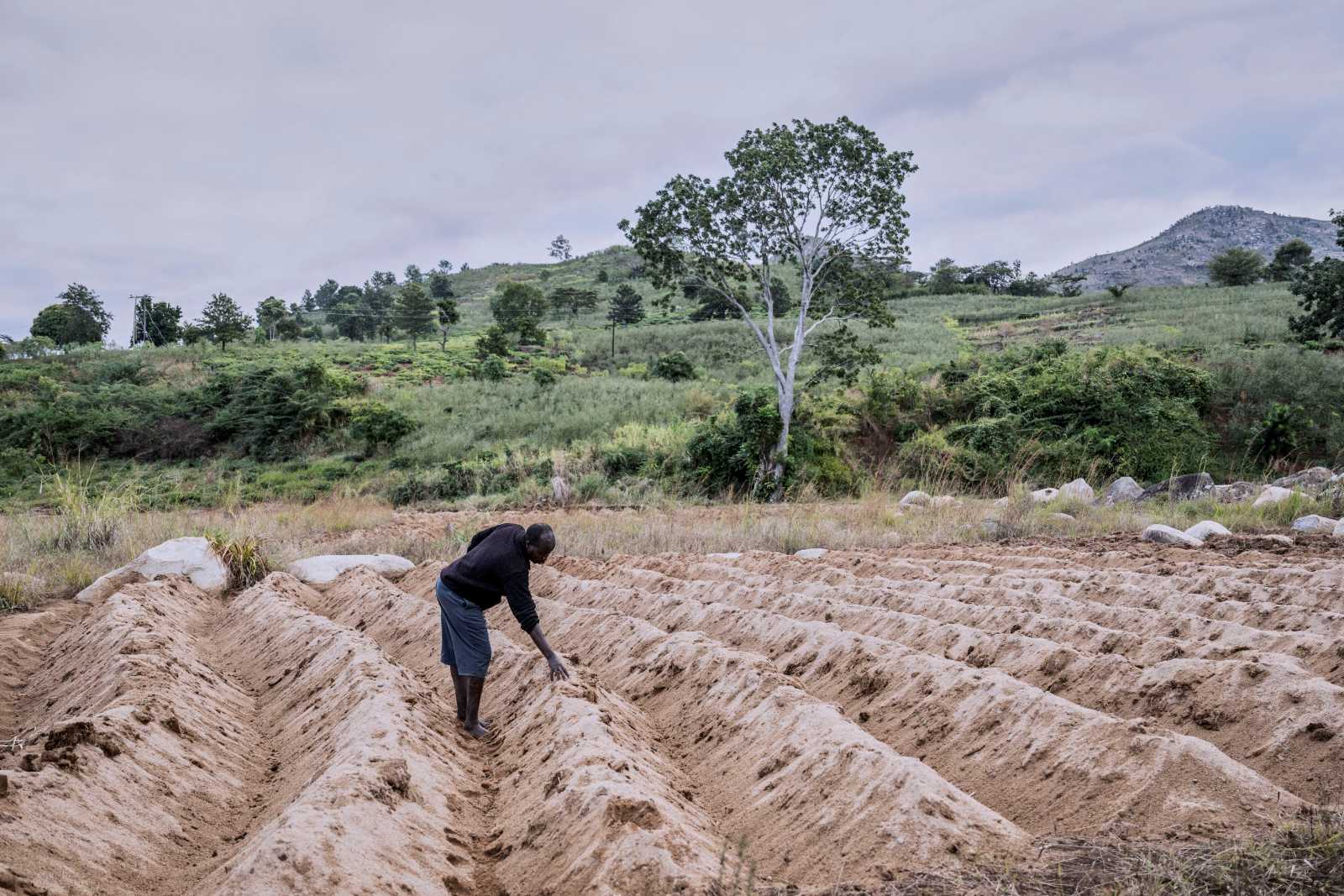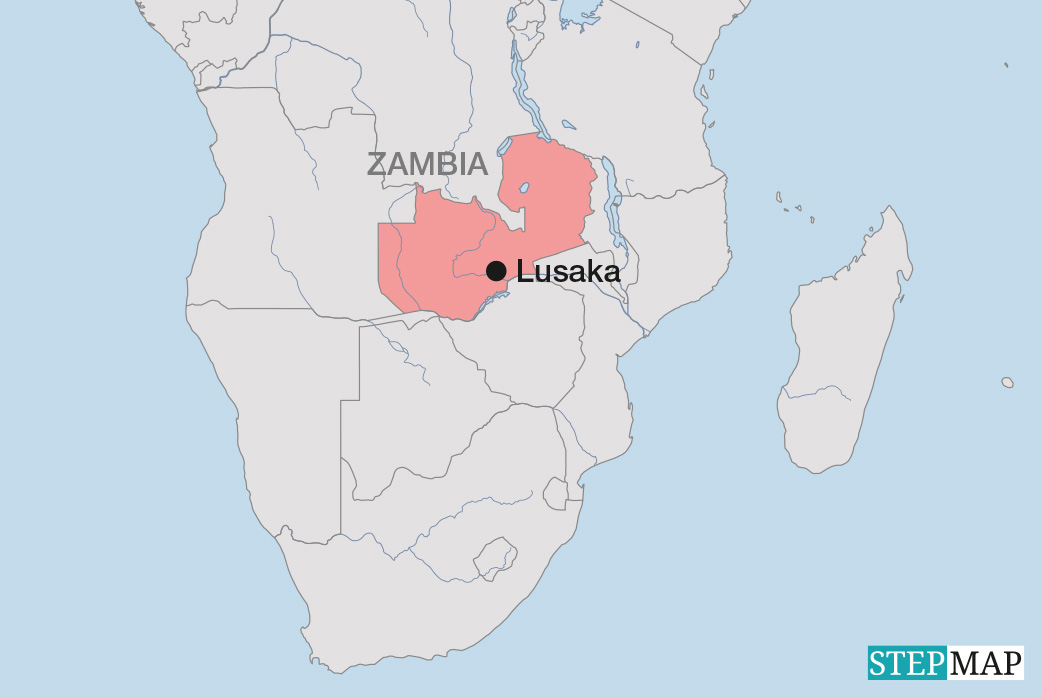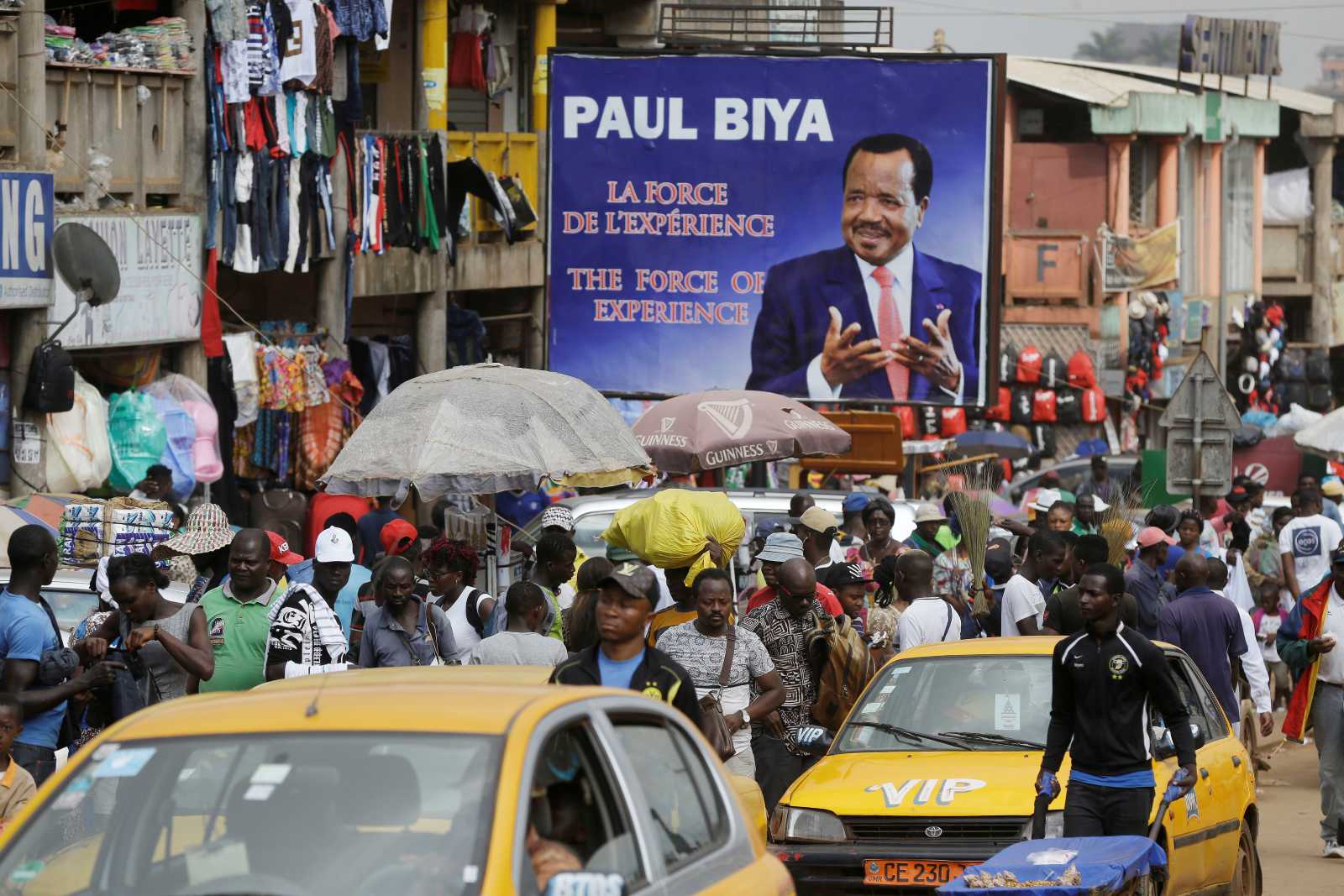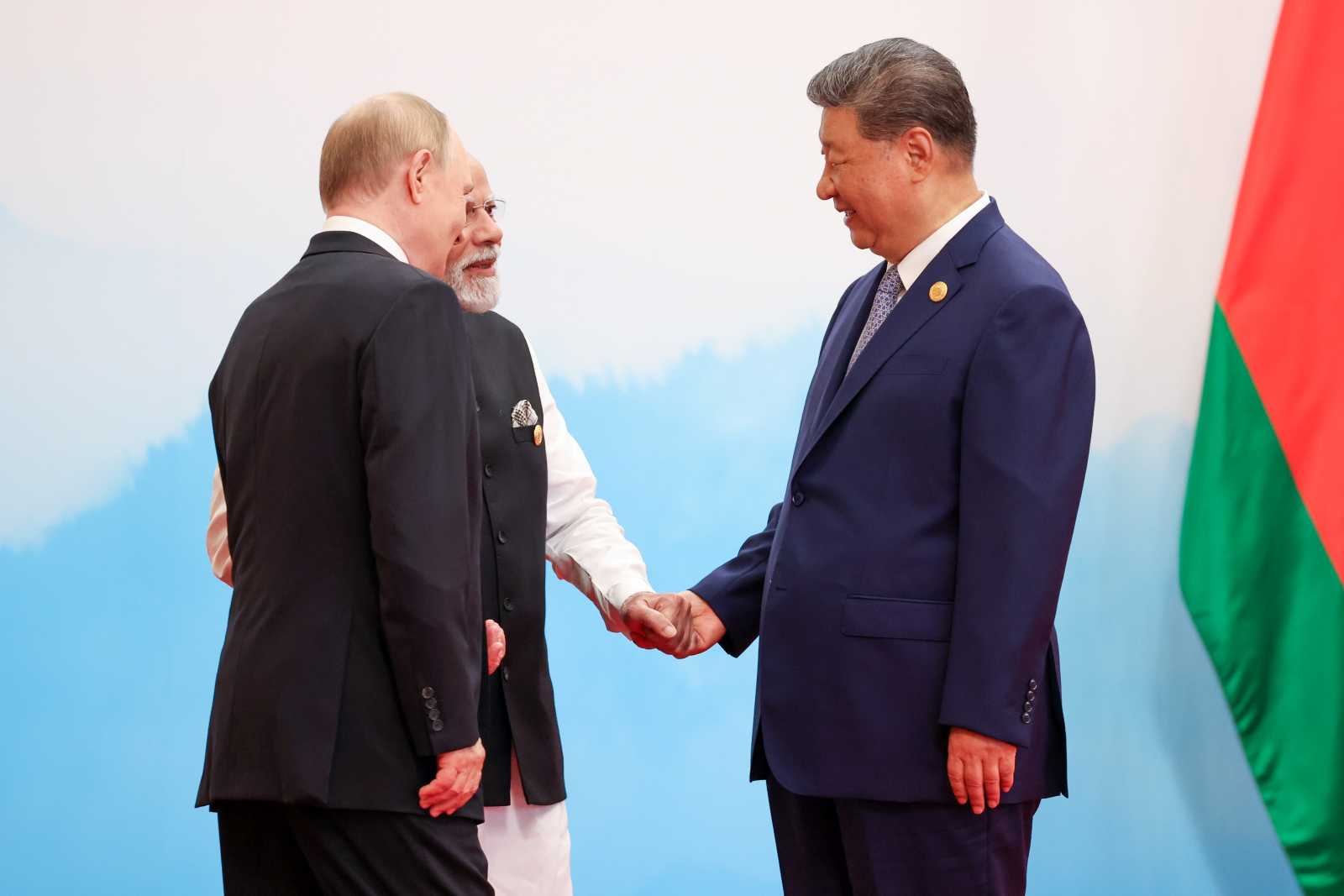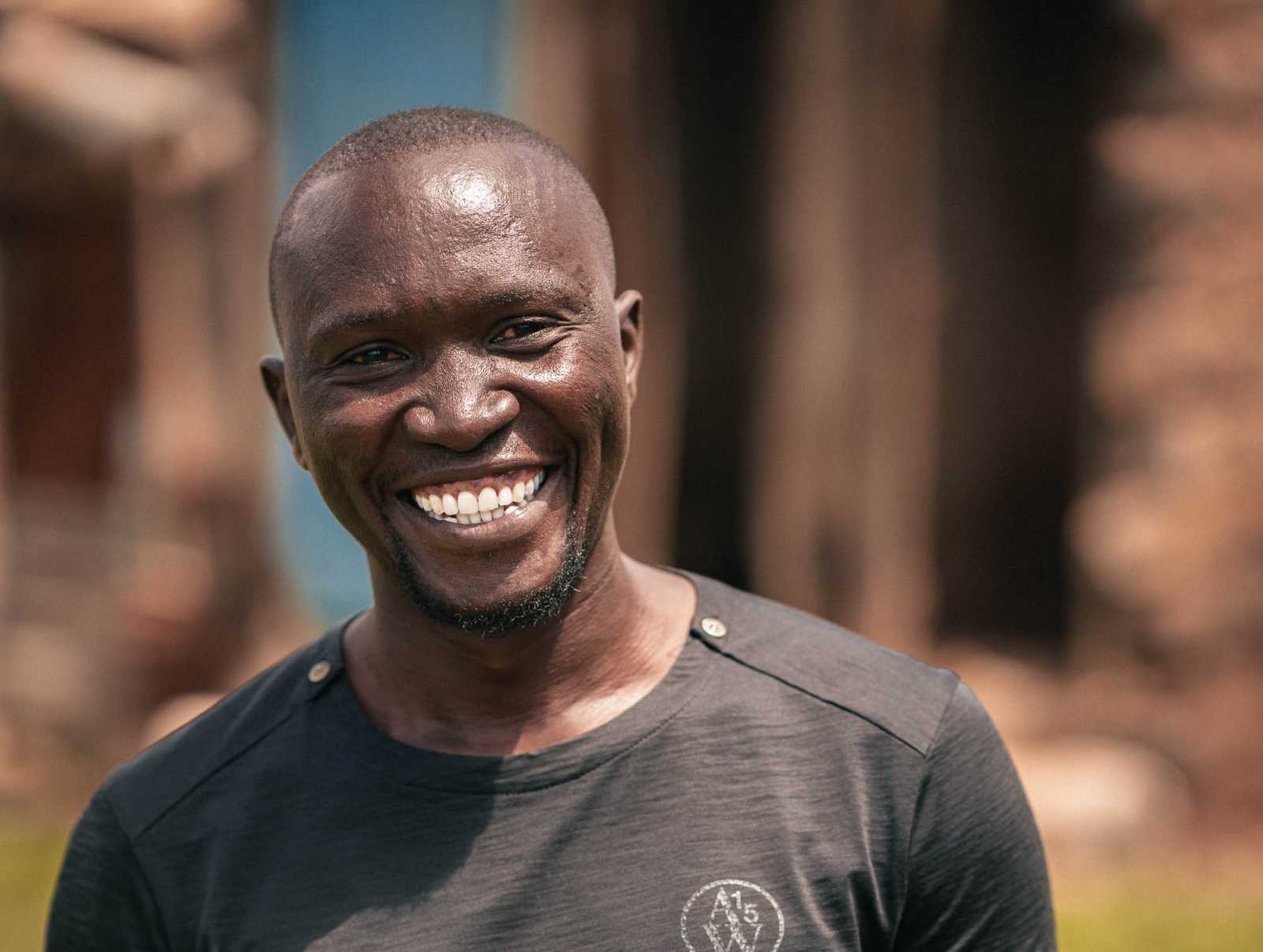Our view
Spotlight on climate protection

Let’s not forget that the past 10 years have been the warmest on record worldwide. The frontrunner was last year, which saw average temperatures over 1.5 degrees Celsius above preindustrial levels. May 2025 was the second-warmest May on record. Other topics have dominated traditional and social media in recent weeks and months, however. These include the conflicts in the Middle East, Kashmir and Ukraine; US tariffs and foreign policy; the election of Pope Leo XIV; and countries’ current domestic affairs, like Germany’s discussion about reintroducing compulsory military service.
All of these topics are important, and the media should report on them. But too little attention is currently being paid to the creeping catastrophe of global warming. After the Covid-19 pandemic pushed climate issues out of the spotlight, interest rose in response to the UN climate summits in Glasgow in 2021 and Sharm el-Sheikh in 2022, then immediately dropped off again, as data from the Media and Climate Change Observatory show. Recently the attention curve has been trending downward, though it is higher overall than it was before the climate movement started staging mass protests in 2018. Yet researchers consider it likely that the climate crisis contributed to extreme weather events that killed tens of thousands and displaced millions last year alone.
The complex, long-term phenomenon of climate change has a hard time competing in a media landscape that is often dominated by short-term concerns and simple messaging. While extreme weather events occasionally make headlines, they do not create enough political momentum to close the glaring holes in climate financing. The non-profit organisation Climate Policy Initiative calculated that annual investments would have to be at least five times higher than current spending levels to reach the 1.5-degree goal.
At the same time, disinformation actors are purposefully undermining climate education efforts: they are distracting people from the crisis, downplaying it and deliberately spreading false information. And they are making a lot of money in the process, as Ava Lee from the civil-society organisation Global Witness writes.
For these reasons and more, policymakers are not being put under enough pressure. That is true both in rich industrialised countries and in low- and lower-middle income countries where people are facing entirely different problems, as our correspondents from South Sudan and Pakistan report. But those very problems – including hunger, conflict and a lack of educational opportunities – are being exacerbated by climate change.
At D+C, we regularly call attention to climate protection – whether or not a climate conference is currently taking place. Moreover, we recently joined the international media network Covering Climate Now, which aims to be the voice of a too-silent majority: the up to 89 percent of the global population that supports climate protection.
Jörg Döbereiner is the managing editor of D+C.
euz.editor@dandc.eu
This story is part of The 89 Percent Project, an initiative of the global journalism collaboration Covering Climate Now.


